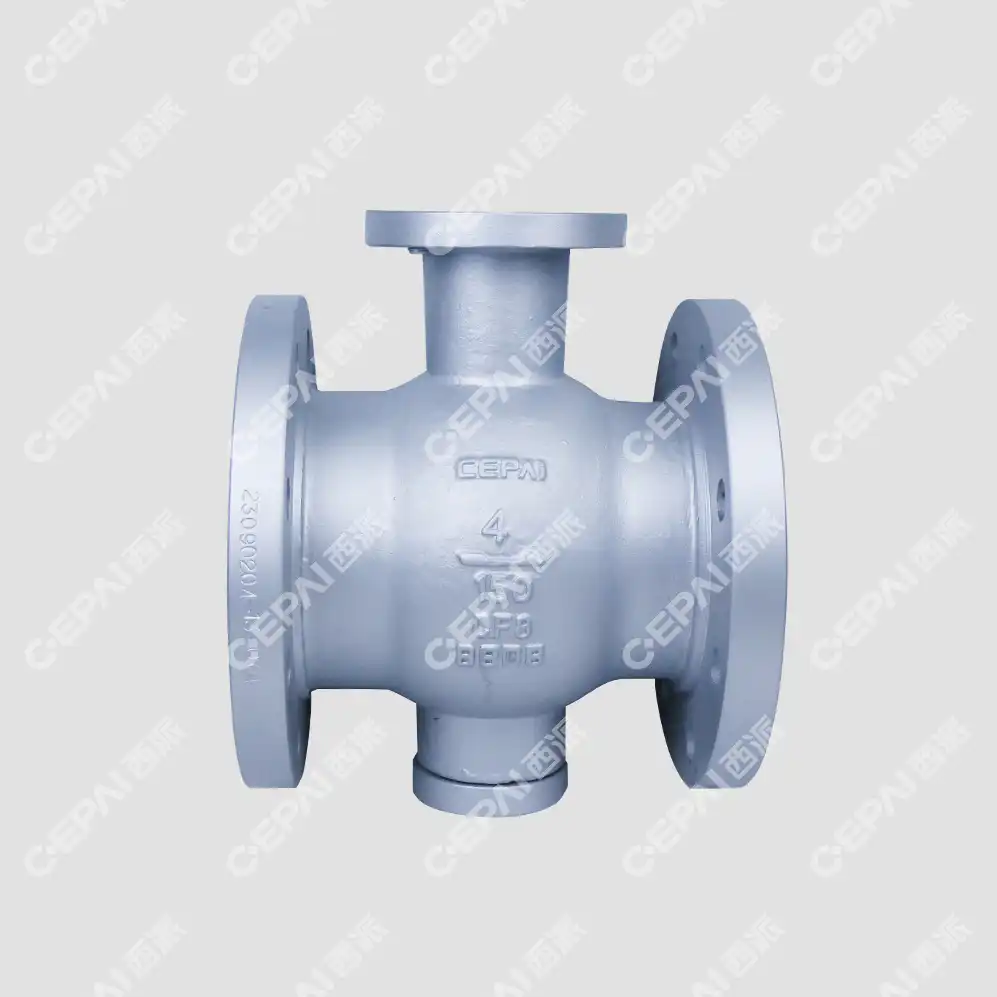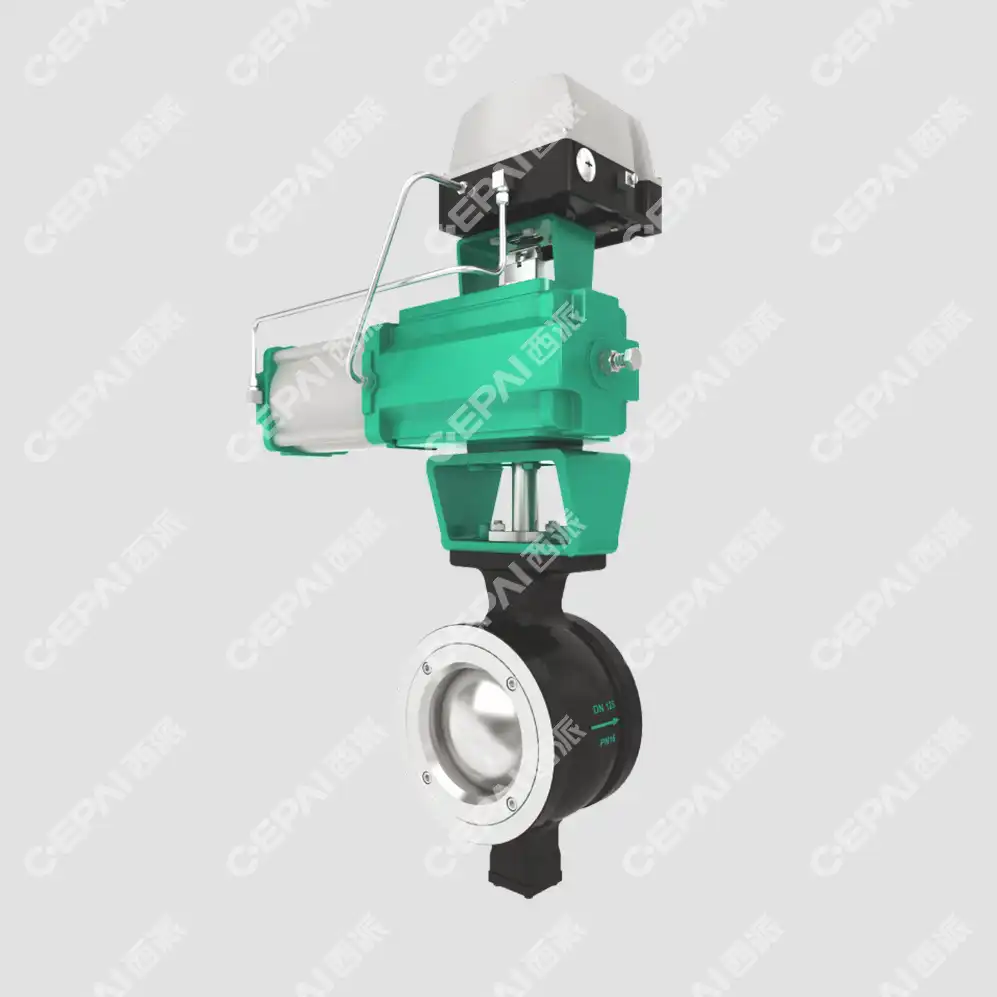Essential Features of High Safety Electric Ball Valves
Robust Construction and Materials
High safety electric ball valves are engineered with durability in mind. The body and ball components are typically crafted from high-grade materials such as stainless steel, carbon steel, or specialized alloys. These materials offer exceptional resistance to corrosion, erosion, and extreme temperatures, ensuring longevity even in harsh operating environments. The valve's seals and seats are often made from advanced polymers or elastomers, providing tight shutoff capabilities and minimizing the risk of leakage.
Precision Electric Actuation
The electric actuator is the heart of these valves, offering precise control over valve positioning. Modern actuators incorporate advanced motor technology, enabling smooth and accurate movement of the valve ball. Many systems feature variable speed control, allowing for gradual opening or closing to prevent pressure surges. The actuator's design often includes manual override capabilities, ensuring operational flexibility during power outages or maintenance procedures.
Intelligent Control and Monitoring
High safety electric ball valves are equipped with sophisticated control systems that enhance their functionality and safety features. These may include built-in sensors for position feedback, torque monitoring, and temperature measurement. Advanced models often feature digital communication protocols such as HART, Profibus, or Foundation Fieldbus, enabling seamless integration with broader control and monitoring systems. This level of intelligence allows for real-time diagnostics, predictive maintenance, and remote operation capabilities.

Industry Standards and Certifications for Electric Ball Valves
API Standards for Oil and Gas Applications
The American Petroleum Institute (API) sets forth stringent standards for valves used in the oil and gas industry. API 6D and API 608 are particularly relevant for ball valves, outlining requirements for design, manufacturing, testing, and documentation. These standards ensure that valves meet the rigorous demands of pipeline and wellhead applications, addressing critical aspects such as pressure ratings, material selection, and fire safety. Compliance with API standards is often a prerequisite for valves used in major oil and gas projects worldwide.
IEC Standards for Electrical Safety
The International Electrotechnical Commission (IEC) provides standards that govern the electrical components of high safety electric ball valves. IEC 60529, for instance, defines ingress protection (IP) ratings, crucial for valves operating in potentially hazardous environments. IEC 61508 and IEC 61511 are essential for functional safety, outlining requirements for safety-instrumented systems often incorporating these valves. Adherence to these standards ensures that the electrical aspects of the valve system meet global safety benchmarks.
ISO Quality Management Standards
The International Organization for Standardization (ISO) provides a framework for quality management that applies to the manufacturing and testing of high safety electric ball valves. ISO 9001 certification demonstrates a manufacturer's commitment to consistent quality and customer satisfaction. For valves used in specific industries, additional standards such as ISO 15848 for fugitive emissions or ISO 10497 for fire testing may be applicable. These standards help ensure that valves meet the highest quality and performance criteria across various applications.
Applications and Innovations in Electric Ball Valve Technology
Critical Process Control in Petrochemical Plants
In petrochemical facilities, high safety electric ball valves are integral to maintaining precise control over complex processes. These valves excel in applications requiring rapid cycling, tight shutoff, and resistance to aggressive media. Advanced sealing technologies and specialized coatings enable these valves to handle a wide range of chemicals and hydrocarbons. The integration of smart diagnostics allows operators to monitor valve health continuously, preventing unexpected failures and optimizing maintenance schedules.
Safety Systems in Offshore Platforms
Offshore oil and gas platforms rely heavily on high safety electric ball valves as part of their critical safety systems. These valves are often used in emergency shutdown (ESD) applications, where rapid and reliable closure is essential to prevent catastrophic events. The valves' ability to operate in saltwater environments, withstand extreme weather conditions, and provide fail-safe functionality makes them indispensable in this challenging setting. Advanced corrosion-resistant alloys and specialized coatings further enhance their durability in marine environments.

Emerging Applications in Renewable Energy
As the renewable energy sector grows, high safety electric ball valves find new applications in areas such as geothermal power plants and hydrogen production facilities. In geothermal applications, these valves must withstand high temperatures and potentially corrosive geothermal fluids. For hydrogen infrastructure, the valves play a crucial role in ensuring the safe handling and distribution of this highly flammable gas. Innovations in sealing technology and materials science are driving the development of valves specifically tailored to these emerging energy markets.
Conclusion
High safety electric ball valves represent a pinnacle of engineering in flow control technology. Their robust construction, precise actuation, and intelligent features make them indispensable in critical applications across various industries. As we've explored, these valves are governed by stringent industry standards that ensure their reliability and safety. From oil and gas to petrochemicals and emerging renewable energy sectors, the versatility and performance of high safety electric ball valves continue to drive innovation in valve design and manufacturing. As industries evolve and face new challenges, these advanced valves will undoubtedly play a crucial role in ensuring efficient, safe, and sustainable operations.
FAQs
1. What makes electric ball valves "high safety"?
High safety electric ball valves incorporate advanced features such as fail-safe mechanisms, redundant control systems, and real-time monitoring capabilities. They are designed to meet stringent industry standards and often include explosion-proof certifications for hazardous environments.
2. How often should high safety electric ball valves be inspected?
The inspection frequency depends on the application and operating conditions. Generally, a thorough inspection should be conducted annually, with more frequent checks in critical or harsh environments. Always follow manufacturer recommendations and industry-specific regulations.
3. Can high safety electric ball valves be retrofitted to existing systems?
In many cases, yes. However, it's crucial to consider factors such as pipe size, pressure ratings, and control system compatibility. Consult with a qualified engineer or valve specialist to ensure proper integration and maintain system integrity.
Experience the CEPAI Difference in High Safety Electric Ball Valves | CEPAI
CEPAI Group Co., Ltd. stands at the forefront of high safety electric ball valve manufacturing. Our commitment to quality and innovation is evident in our comprehensive range of API and ISO certified products. With state-of-the-art testing facilities and a rigorous quality control process, we ensure that every valve meets the highest industry standards. Experience the CEPAI difference in reliability, performance, and customer support. For inquiries or to discuss your specific valve requirements, contact our expert team at cepai@cepai.com.

References
Smith, J. (2022). "Advanced Electric Actuation in Modern Ball Valve Design." Journal of Valve Technology, 45(3), 78-92.
Johnson, R., & Lee, S. (2021). "Safety Standards for Electric Ball Valves in Hazardous Environments." International Journal of Process Safety, 18(2), 210-225.
Zhang, Y., et al. (2023). "Materials Advancements in High-Performance Ball Valves." Materials Science and Engineering: A, 832, 142351.
Brown, T. (2022). "Industry 4.0 and Smart Valve Technologies." Automation in Oil and Gas, 29(4), 55-70.
Garcia, M., & Patel, K. (2021). "Electric Ball Valves in Critical Safety Systems: A Case Study." Process Safety Progress, 40(1), e12158.
Wilson, D. (2023). "Emerging Applications of High Safety Electric Ball Valves in Renewable Energy Sectors." Renewable and Sustainable Energy Reviews, 168, 112724.

_1746598538016.webp)



